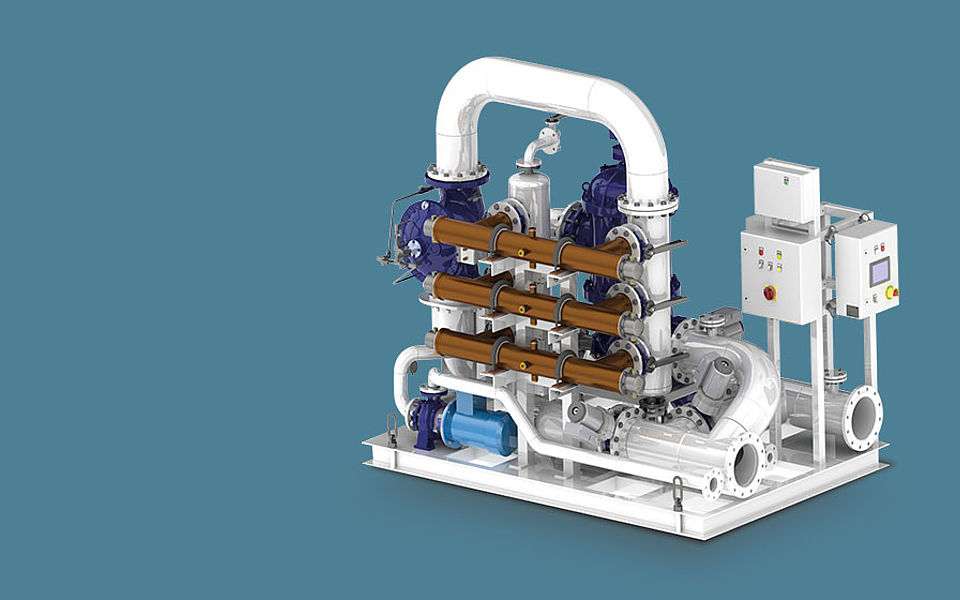Optimarin grabs pole position in race for USCG approval

Optimarin’s market proven system, with over 350 sold and 270 units installed, utilises environmentally friendly UV irradiation and back-flushing filters to wipe out invasive organisms that stow away in ballast. Systems employing UV lamps have so far proven their ability to meet the MPN standard, rendering organisms unable to reproduce, but, until now, none has achieved the instant kill capability demanded by USCG.
“This is a great endorsement of our system’s effectiveness and the expertise of our team,” comments Optimarin CEO Tore Andersen. “We’ve been developing our system since founding the company in 1994 and we believe, and testing shows, we have a market leading solution for vessels in our segment.”
He continues: “USCG approval is crucial, so we’re happy to be so far down the line in achieving it. Without a USCG approved system ships won’t be able to discharge ballast water in US waters. For shipowners with global fleets and route networks, not having such a system would impact massively on their operational footprint and overall fleet flexibility. It really is a must.”
Testing of Optimarin’s system was carried out by DNV GL at the NIVA test facility in Norway. Further testing of remaining water salinities are now scheduled for spring 2016, after which point approval is expected later in the year. The company is investing some USD 3million in the comprehensive approval programme.
When asked to pinpoint why Optimarin’s system has succeeded where competitors have struggled, Andersen notes: “Our UV lamp technology is the key. Each of our lamps has a 35kw capacity. This, quite literally, kills any potentially harmful invasive organisms straightaway. Other systems may neutralise them in a way where they die eventually, but ours does it before they are deposited back into the water. USCG is pushing for these stringent demands, challenging the industry to meet requirements and safeguard the environment.”
Andersen adds that this technical efficacy, in addition to the firm’s established success with retrofits, delivers “complete peace of mind” for shipowners forced to comply with both USCG regulations and the upcoming ratification of the IMO’s Ballast Water Management Convention.
“It’s a situation that can be both demanding and confusing,” Andersen notes, “so we’re happy to be a supplier that can cut through that and say ‘this is what you need, this is what we do, you can rely on us for complete compliance’.”
Optimarin, which installed the first ever BWT system on board Princess Cruises’ Regal Princess in 2000, supplies systems to shipowners including Saga Shipholding, MOL, Grieg Shipping Group, Gulf Offshore, Farstad Shipping, NYK, Nor Lines and Evergreen Marine Corp, amongst others. The firm is a leader in both the newbuild and retrofit segments, with over 60 systems currently retrofitted onto a wide variety of offshore and deepsea vessels.
Optimarin’s type approved Optimarin Ballast System (OBS) is certified by a comprehensive range of classification organisations, including DNV GL, Lloyd’s, Bureau Veritas, MLIT Japan, and American Bureau of Shipping.

